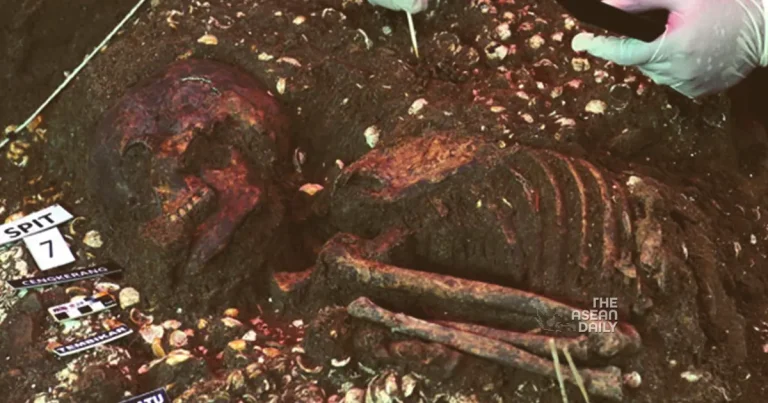20-11-2023 (MANILA) In a significant move towards reclaiming its cultural heritage, the Penang government is actively working to repatriate 41 human skeletons currently housed at the National Natuurhistorisch Museum in Leiden, the Netherlands. These skeletons, part of Penang’s Neolithic prehistoric heritage, have been stored abroad for 150 years.
Chief Minister Chow Kon Yeow confirmed the government’s initiative during a state assembly meeting on Monday (Nov 20). He revealed that a visit to The Hague and the Collection Centre Netherlands (CCNL) took place from March 22-24 to verify the existence and conduct analysis work on these historic assets.
Chow explained, “It was to verify the existence and carry out analysis work on the skeletons…part of these skeletons have been abroad for 150 years.”
During the visit, the Dutch government handed over an agreement letter affirming their commitment to repatriating the skeletal remains to Malaysia. The importance of the Guar Kepah historic assets to both Malaysia and the Netherlands was acknowledged, and the Dutch government expressed its willingness to fulfill the repatriation request.
As part of the collaboration, the Dutch government will fund an analysis of the age of the 41 skeletons at the Centre for Isotope Research, University of Groningen. This collaborative effort is expected to save the federal and state governments approximately RM1.17 million.
Chow emphasized the significance of the scientific data gathered during the analysis, stating that it will play a crucial role in showcasing the skeletons at the Guar Kepah Archaeological Gallery in the future. The Dutch government’s commitment to conserving and preserving Penang’s heritage assets is seen as a positive step, fostering cooperation in research, education, and tourism.
The repatriation process is anticipated to conclude in the first quarter of 2024. The 41 human skeletons, excavated from three shell middens in Guar Kepah, Kepala Batas, Penang, between 1851 and 1934 by British archaeologists, represent a vital part of Penang’s historical and cultural legacy.




